
9+ Logistics Risk Assessment Templates in PDF | MS Word
Risks are everywhere, and they significantly affect businesses. And when dealing with the supply chain, transportation, warehousing, and manufacturing all…
Mar 28, 2023
Formative assessment refers to a large sort of strategy that lecturers use to conduct in-process evaluations of student comprehension, learning desires, and educational progress throughout a lesson, unit, or course. Formative assessments facilitate lecturers to determine ideas that students are troubled to grasp, skills they’re having, or learning standards they need not nevertheless achieved so changes may be created to lessons, educational techniques, and educational support. You can also see more on School Assessment Templates.

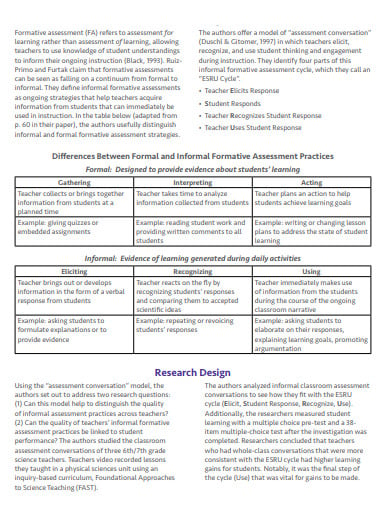 stemteachingtools.org
stemteachingtools.org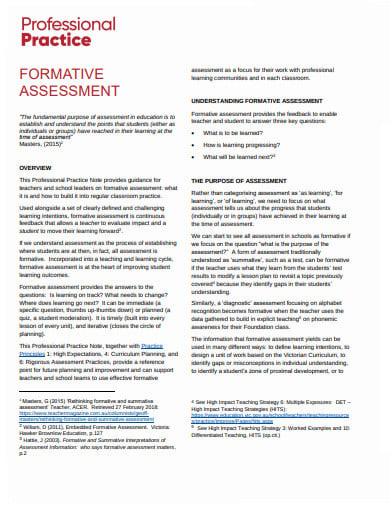 education.vic.gov.au
education.vic.gov.au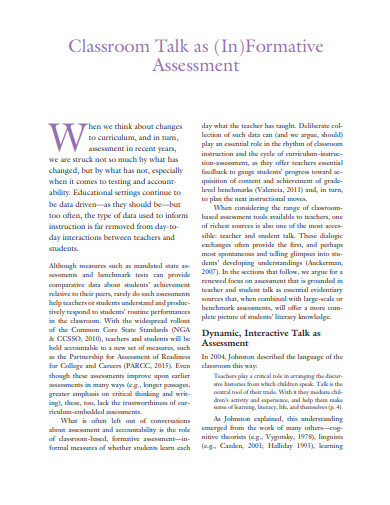 ncte.org
ncte.org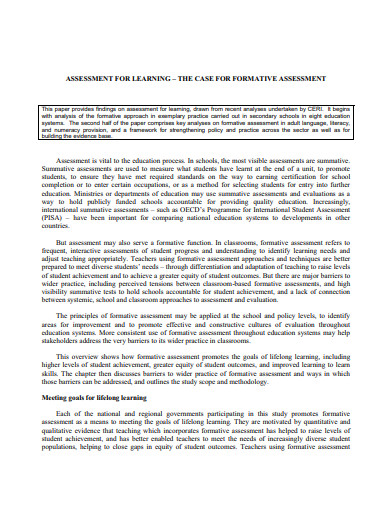 oecd.org
oecd.org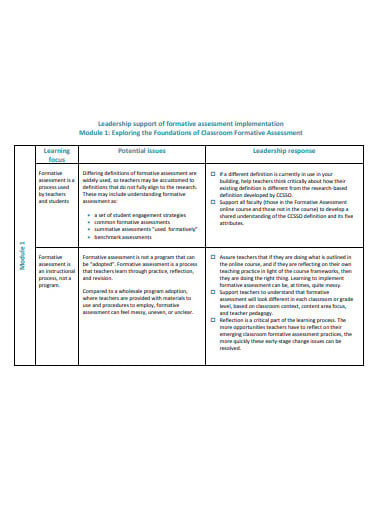 ride.ri.gov
ride.ri.gov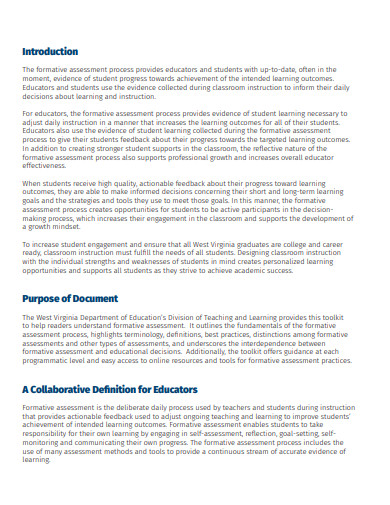 wvde.us
wvde.us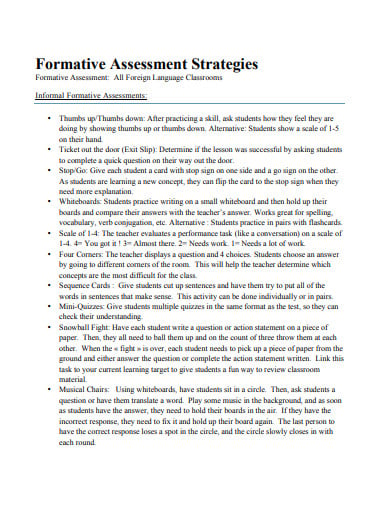 iwla.net
iwla.net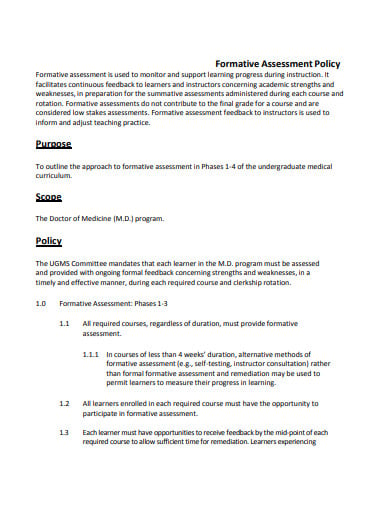 med.mun.ca
med.mun.ca poorvucenter.yale.edu
poorvucenter.yale.edu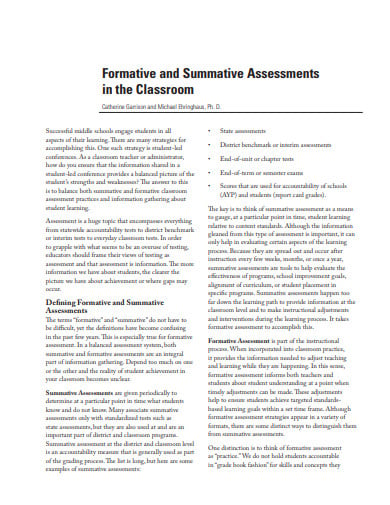 amle.org
amle.org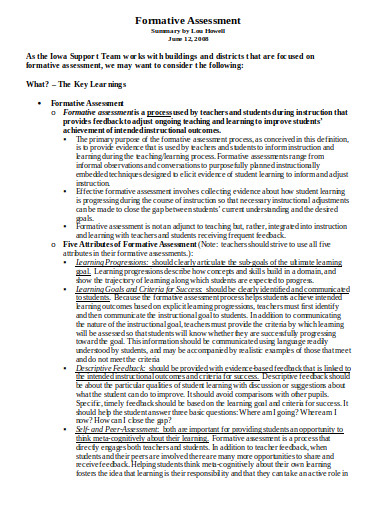 gpaea.org
gpaea.orgThe general goal of formative assessment is to gather careful info which will be accustomed to improve instruction and student learning whereas it’s happening. What makes the assessment “formative” isn’t the planning of a take a look at, technique, or self-evaluation, per se, however, the approach it’s used—i.e., to tell in-process teaching and learning modifications. You can also see more on Self Assessment Templates.
While constant assessment technique or method might, in theory, be used for either formative or summation functions, several summational assessments are unsuitable for formative functions as a result of they are doing not give helpful feedback. As an example, standardized-test scores might not be offered to lecturers for months when their students take the take a look at (so the results can’t be accustomed modify lessons or teaching and higher prepare students), or the assessments might not be specific or fine-grained enough to grant lecturers and students the careful info they have to enhance. You can also see more on Risk Assessment Templates.
The following are a couple of representative samples of formative assessments:
Peer assessments that enable students to use each other as learning resources. as an example, “workshopping” a chunk of writing with classmates is one common variety of peer assessment, significantly if students follow a rubric or pointers provided by an instructor. You can also see more on Assessment Checklists.
In addition to the explanations self-addressed on top of, educators may use formative assessment to:
Schools are currently a lot of possible to encourage or need lecturers to use formative-assessment methods within the room, and there is a growing range of professional development opportunities offered to educators on the topic. Formative assessments are integral elements of customized learning and alternative instructional methods designed to tailor lessons and instruction to the distinct learning desires and interests of individual students. You can also see more on Assessment Checklists in PDF.
While there’s comparatively very little disagreement within the education community regarding the utility of formative assessment, debates or disagreements could stem from differing interpretations of the term. As an example, some educators believe the term is loosely applied to sorts of assessments that don’t seem to be “truly” formative, whereas others believe that formative assessment isn’t used fittingly or effectively within the room. You can also see more on Assessment in PDF Format.
Another common dialogue is whether or not formative assessments will or ought to be hierarchical. Several educators contend that formative assessments will solely be thought of really formative once they are ungraded and used solely to enhance college student learning. If grades are appointed to a quiz, test, project, or alternative work product, the reasoning goes, they become actual summational assessments—i.e., the act of assigning a grade turns the assessment into a performance sample analysis that’s documented during a student’s educational record, as opposition a diagnostic strategy accustomed improve student understanding and preparation before they’re given a hierarchical take a look at or assignment.
Some educators conjointly build a distinction between “pure” formative assessments—those that are measured or used on a commonplace by lecturers whereas they’re instructing students—and “interim” or “benchmark” assessments, that are generally periodic or quarterly assessments accustomed verify wherever school students are in their learning progress or whether or not they are on the right track to meet expected learning standards. Whereas some educators could argue that any assessment technique that used diagnostically may be thought of formative, as well as interim assessments, others contend that these 2 sorts of assessment ought to stay distinct, provided that completely different methods, techniques, and skilled development could also be needed. You can also see more on Assessment Sheets in Word.
Some proponents of formative assessment conjointly suspect that testing corporations mislabel and market some interim standardized tests as “formative” to make the most and exploit the recognition of the thought. Some observers categorical skepticism that business or packaged products may be genuinely formative, contestation that formative assessment may be a subtle educational technique, and to try to do it well as per the need for the first-hand understanding of the scholars being assessed and enough coaching and skilled development. You can also see more on Self Assessment in Word.

Risks are everywhere, and they significantly affect businesses. And when dealing with the supply chain, transportation, warehousing, and manufacturing all…

The audit assessment indicates to the general, orderly, examination, evaluation and the analysis of the business marketing conditions, both internal…
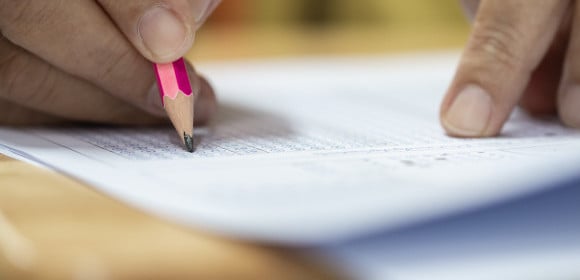
Security Assessment Questionnaire (SAQ) is basically a cloud duty for guiding business method management evaluations among your external and internal…

The leadership assessment survey template is formed with the aim of understanding business success to be an instantaneous reflection of…

Portfolio Assessment is the collective term for the assessment of a student’s work. This is the assessment of the student’s…

Formative assessment refers to a large sort of strategy that lecturers use to conduct in-process evaluations of student comprehension, learning…

A fraud risk assessment is a type of management that is a device utilized by the board to distinguish and…

assessment templates word assessment pdf assessment pages assessment free assessment template health assessment hospitality industry risk assessment gifts and hospitality…

The establishment of an audit is referred to as risk assessment. Audit risk assessment methods are performed to acquire an…